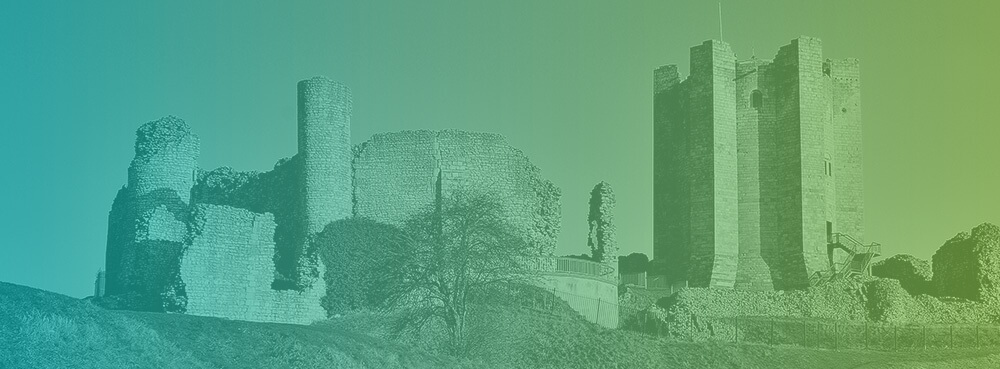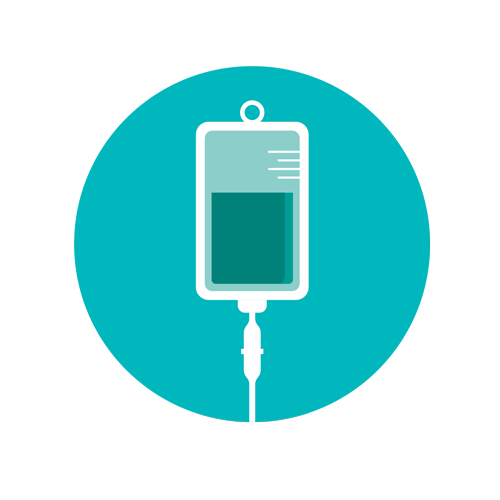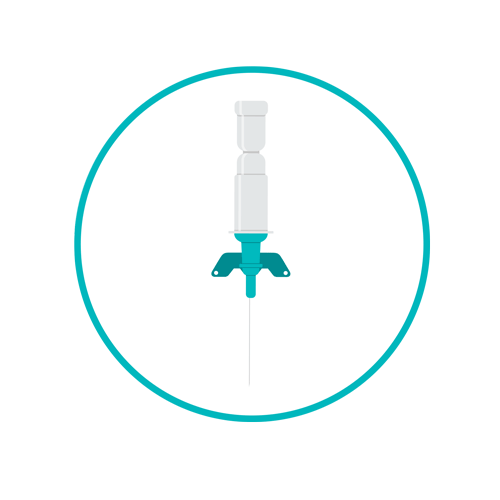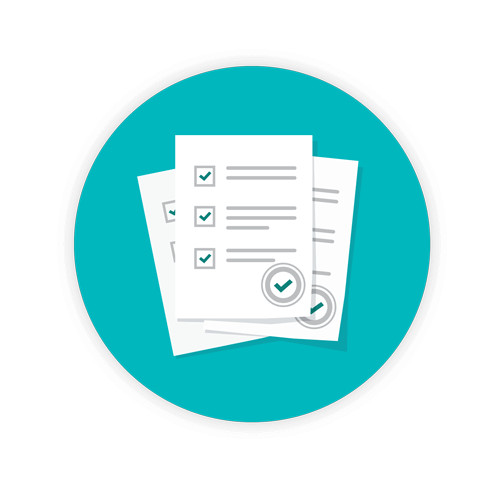What you need to know about Clinical Waste Management in Doncaster

Doncaster, located in South Yorkshire, is home to over 100,000 residents, all of whom who expect proper healthcare services. They also share concern over the environment and public health when it comes to healthcare waste. Clinical waste management processes in Doncaster must follow not only the recommendations of the Doncaster City Council, but the borough and medical waste management regulations as set forth by the UK Department of Health.
TOPICS WE WILL COVER:
01 / Identification of clinical waste
04 / How Sharpsmart can support you
Identification of clinical waste
The Doncaster Council defines healthcare waste as “any wastes that result during a healthcare procedure. Some of these wastes (known as clinical/infectious waste) may be hazardous to those that come into contact with them and are subject to strict controls.”
What is clinical waste?
Clinical waste has the potential to pose a risk of infection or chemical hazards. They might contain pharmaceutically active agents. Some of the most common examples of clinical waste include but are not limited to:
- Blood or other body fluids
- Animal human tissues
- Excretions
- Syringes, needles or other sharp instruments (this can also include body piercing and tattoo needles)
- Drugs and/or pharmaceutical products
Not all clinical waste is potentially hazardous. According to the Environment and Sustainability Health Technical Memorandum published by the Department of Health, clinical waste is often produced by medical, dental, veterinary, teaching or research hospitals, and other healthcare practices. Such wastes have the potential to be infectious or hazardous to anyone coming into contact with them.
Per the memorandum, clinical waste is typically defined under one of three types of materials:
- Healthcare waste that might pose chemical hazards
- Healthcare waste that may increase the risk of infection (in such cases such waste is defined as not only a clinical waste, but a hazardous waste)
- A medicine or a medicine-only contaminated waste that contains a pharmaceutically active agent
Treatment Of Clinical Waste
In general, and to be on the safe side, clinical waste is often treated as hazardous waste with only two exceptions:
1 / The waste consists of non-cytotoxic and non-cytostatic medicines;
2 / A clinical waste that comes from town or city sources that are not associated with healthcare services such as a swab used in a beauty shop, or a cosmetic procedure that doesn’t require a licensed medical practitioner to perform.
* Review the guidelines of the Environment and Sustainability Health Technical Memorandum to ensure compliance when it comes to segregation of medical waste.
In some cases, an infectious or non-infectious waste that is potentially contaminated with hazardous chemicals can be classified as a clinical waste. This is not always the case however, such as when a waste chemical, in isolation, doesn’t fall under the definition of a clinical waste, although it might still be considered hazardous.
Yes, the wording can be confusing. However, it’s important to gain clarity of the rules so as to avoid potential mistakes in waste segregation processes. Such mistakes can not only cause harm to people and the environment, but trigger fines and penalties. Remember that it is the responsibility of the healthcare practitioner to correctly classify and arrange for the removal and disposal of clinical waste. Guidelines for determining classification of healthcare waste must be assessed by the waste generator at its production or origin in regard to medicinal, chemical, or infectious properties.
In addition, a waste can be defined as clinical waste if it contains, has been, or is currently contaminated with a medicine that contains:
- A dangerous substance (such as a chemical) in a sufficient concentration to generate hazardous properties; or
- Contains a pharmaceutically active substance, which is often defined as a substance that has an effect on biological systems.
What about sharps waste?

Sharps, or any object that has the potential to cut, slash, poke, or break the skin, must be properly contained in a compliant sharps container. This includes other objects as well such as lancets, scalpels, trocars, and pipettes. Regulations throughout the UK require that sharps be contained in leak-proof, crush or penetration-resistant, containers that are of a prominent colour (yellow) to make them easily identifiable.
Managing clinical waste
Management of clinical waste after is essential. The process requires that healthcare wastes be stored depending on their type and ultimate destination. Clinical waste bags for incineration as well as clinical waste bags for alternative treatment options must be stored in separate storage areas or containers. This is done to prevent leakage from one container or package from contaminating another, as well as preventing physical contact between the two. Yellow bags are required for both infectious as well as chemically contaminated clinical waste. However, infectious clinical waste that doesn’t contain any chemicals or pharmaceuticals can be disposed of in an orange bag.
The Environment Agency provides thorough instructions for appropriate measures that permitted healthcare facilities must follow when it comes to healthcare waste management. Maximum storage times for different healthcare wastes types are defined. For example, infectious clinical waste can be stored up to seven days if outside, but up to 14 days if stored inside. However, prioritizing off-site transfer and treatment of waste must be based on the age of that waste upon arrival, the date of arrival, and the duration of storage on-site.
In addition, specific guidelines are readily available to ensure that carts or bulk containers that are utilized to transport waste before reuse, such as:
- They have been appropriately cleaned and disinfected
- They are physically sound
- Locking mechanisms function properly
- Requirements of the Carriage of Dangerous Goods and use of transportable pressure equipment regulations are followed
Cleaning, Packaging and Storage Requirements
Certain standards are applicable to methods used for cleaning and disinfecting surfaces. In addition, bulk waste containers must be stored in a way that they are always easily accessible for inspection. It is the responsibility of the clinical waste generator to determine the maximum storage time of wastes and waste streams that can be held on-site. That said, healthcare waste streams should be treated or removed from the site as soon as possible.
Clinical waste must be packaged, marked, or labelled appropriately so as to protect not only healthcare providers, but the general public and the environment from accidental exposure to potentially harmful medical waste. Again, it is the duty of care for the healthcare waste generator or producer to ensure that waste streams are properly classified and identified. Knowledge of the carriage regulations are highly recommended for any healthcare provider.
Refer to several sources for further guidance regarding transportation, such as:
- The Vehicle Certification Agency
- The HSE’s Carriage of dangerous goods manual – provides guidance on all aspects of roadway transport
Safety is our priority
Sharpsmart always considers safety first, and so to should every healthcare provider in Doncaster. Protection of healthcare providers, the general public, and the environment are of primary concern, as well as reducing the risk of fines and penalties for non-compliance or improper disposal of clinical waste streams. For more information on regulations of Doncaster as well as federal regulations when it comes to medical waste management, call Sharpsmart today or visit our Doncaster Services Page here for more information.
